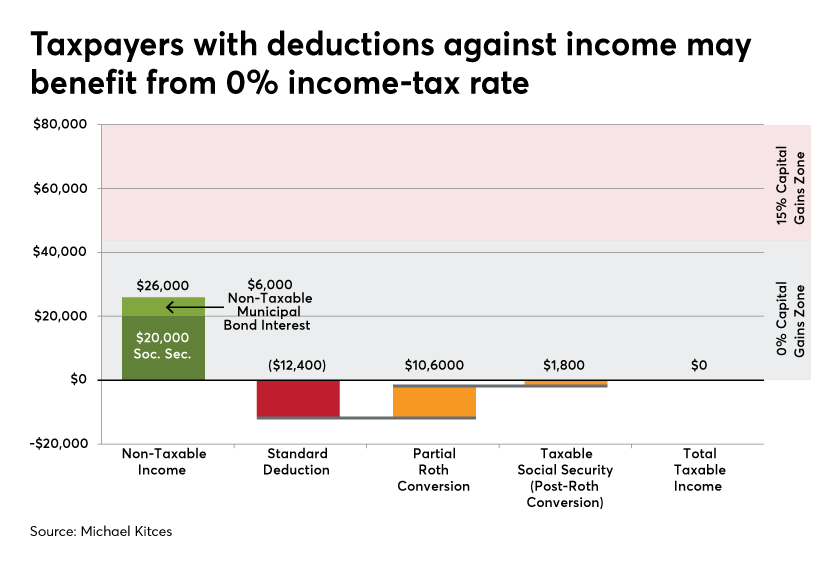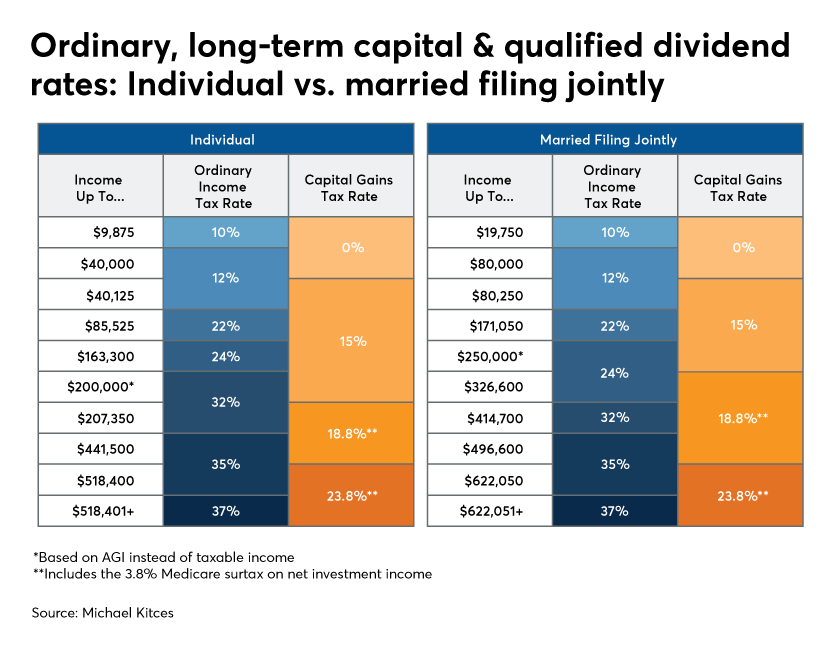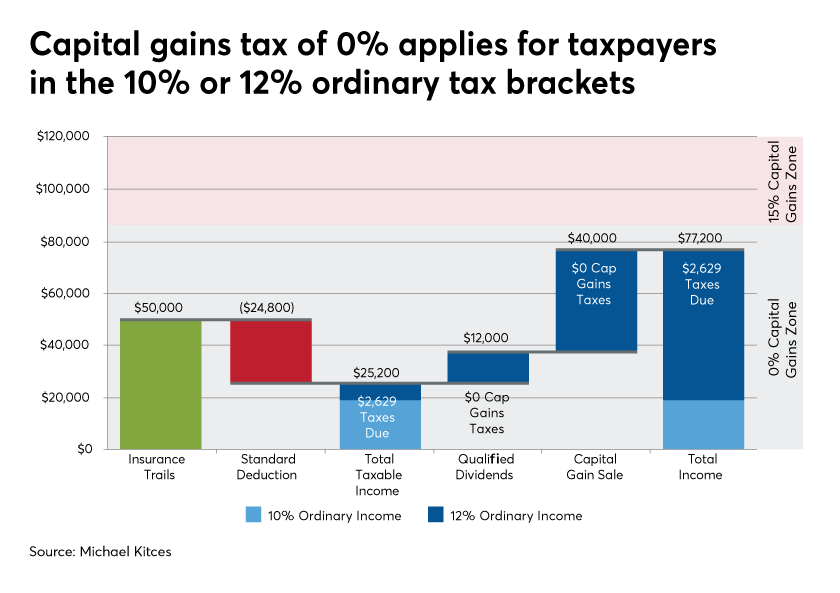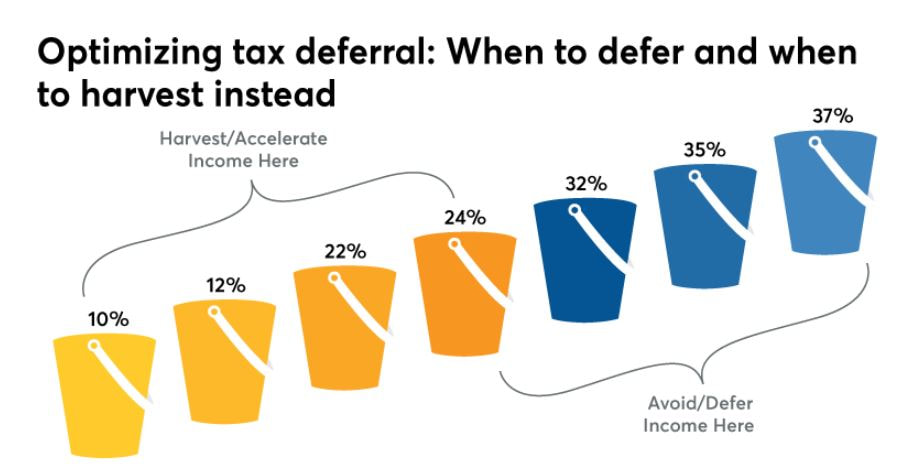Now we will list all the benefits of whole life insurance below -
- Death benefits protection for your loved ones.
- Cash value accumulation over time with a combination of guaranteed cash value growth and potential annual dividend payments.
- Tax free policy loans
- Guaranteed income tax free death benefit
- Tax deferred cash value growth
- Tax free withdrawals of basis
- Protected from creditors
- The risk due to the sequence of returns of a portfolio can be mitigated with whole life insurance.
- Can be structured in a trust for minors and distributed later
- Can serve as a dual-purpose asset for children (i.e. cash accumulation and death benefit)
- Can be pledged as a collateral





 RSS Feed
RSS Feed
